Use this nursing care plan and management guide to help care for patients with shingles. Enhance your understanding of nursing assessment, interventions, goals, and nursing diagnosis, all specifically tailored to address the unique needs of individuals facing herpes zoster. This guide equips you with the necessary information to provide effective and specialized care to patients dealing with shingles.
What is Herpes Zoster?
Herpes zoster, also called shingles, is an infectious condition caused by varicella zoster virus (VZV), the same virus that causes varicella zoster (chickenpox). After a case of chickenpox run its course, the virus lies dormant in the ganglia of the spinal nerve tracts. Then the virus reactivates and travels along the peripheral nerves to the skin, where the viruses multiply and produce painful vesicular eruptions. It is most common in older adults and people who have weak immune systems.
Although VZV typically affects the trunk of the body, the virus may also be noted on the buttocks or face. If an ophthalmic nerve is involved, the client may potentially experience keratitis, ulceration, and possibly blindness. Secondary infection resulting from scratching the lesions is common.
An individual with an outbreak of VZV is infectious for the first 2 to 3 days after the eruption. The incubation period ranges from 7 to 21 days. The total course of the disease is 10 days to 5 weeks from onset to full recovery. Some individuals may develop painful postherpetic neuralgia long after the lesions heal.
Shingles is characterized initially by a burning, tingling, numbness, or itchiness of the skin in the affected area. VZV infection can lead to central nervous system (CNS) involvement; pneumonia develops in about 15% of cases. Approximately 20% of people who have had chickenpox will develop herpes zoster.
Nursing Care Plans and Management
Major nursing goals for a client with herpes zoster (shingles) may include increased understanding of the disease condition and treatment regimen, relief of discomfort from the lesions, emphasis on strict contact isolation, development of self-acceptance, and absence of complications.
Nursing Problem Priorities
The following are the nursing priorities for patients with herpes zoster (shingles):
- Manage acute pain and discomfort.
- Minimize complications and infections.
- Promote healing and prevent scarring.
- Educate patients on self-care measures.
- Support emotional well-being.
- Prevent transmission.
- Provide follow-up care and monitoring.
- Inadequate follow-up of instructions
- Questioning members of healthcare team
- Verbalizing inaccurate information
Nursing Assessment
Assess for the following subjective and objective data:
- Alteration in muscle tone
- Facial mask of pain
- Reports of burning, dull, or sharp pain
- Reports of pain localized to affected nerve
- Inadequate follow-up of instructions
- Questioning members of healthcare team
- Verbalizing inaccurate information
Assess for factors related to the cause of herpes zoster (shingles):
- Nerve pain (most commonly cervical, lumbar, sacral, thoracic, or ophthalmic division of trigeminal nerve)
- Complexity of treatment
- Emotional state affecting learning
- Herpes zoster outbreak
- New condition and procedures
- Crusted-over lesions
- Itching and scratching
- Skin lesions (papules, vesicles, pustules)
- Preoccupation with changed body part
- Visible skin lesions
Nursing Diagnosis
Following a thorough assessment, a nursing diagnosis is formulated to specifically address the challenges associated with herpes zosterHere is a shortened list of problem priorities (action statements) for patients with dermatitis: based on the nurse’s clinical judgment and understanding of the patient’s unique health condition. While nursing diagnoses serve as a framework for organizing care, their usefulness may vary in different clinical situations. In real-life clinical settings, it is important to note that the use of specific nursing diagnostic labels may not be as prominent or commonly utilized as other components of the care plan. It is ultimately the nurse’s clinical expertise and judgment that shape the care plan to meet the unique needs of each patient, prioritizing their health concerns and priorities.
Nursing Goals
Goals and expected outcomes may include:
- The client will be comfortable as evidenced by the ability to rest.
- The client will report satisfactory pain control at levels less than 3 to 4 on a scale of 0 to 10.
- The client or caregiver will verbalize needed information regarding the disease, signs and symptoms, treatment, and possible complications of herpes zoster.
- The client will remain free of secondary infection, as evidenced by intact skin without redness or lesions.
- The client will have minimal risk for disease transmission through the use of universal precautions.
- The client will verbalize feelings about lesions and continues daily activities.
- The client will demonstrate positive body image, as evidenced by the ability to look at, talk about, and care for lesions.
Nursing Interventions and Actions
Therapeutic interventions and nursing actions for patients with herpes zoster (shingles) may include:
1. Managing Acute Pain
Managing acute pain in patients with herpes zoster (shingles) is a critical component of their care. The pain associated with shingles can be excruciating, debilitating, and long-lasting. Effective pain management is essential not only for the patient’s comfort but also for promoting healing and preventing the development of chronic pain conditions such as postherpetic neuralgia.
Assess the client’s description of pain or discomfort: severity, location, quality, duration, precipitating or relieving factors.
The client may describe the pain as a tingling sensation, a burning pain, or extreme hyperesthesia in one area of the skin. These sensations usually precede the development of skin lesions by several days. Postherpetic neuralgia is a chronic pain syndrome that may continue after the skin lesions have healed. The client may have constant pain or intermittent episodes of pain.
Assess for nonverbal signs of pain or discomfort.
Each individual has his or her own pain threshold and ways to express pain or discomfort. Some individuals may deny the experience of pain when it is present. Attention to associated signs may help the nurse evaluate the pain.
Educate the client about the following measures:
- Wear loose, nonrestrictive clothing made of cotton. Constrictive, non breathing garments may rub lesions and aggravate skin irritation. Cotton clothing allows evaporation of moisture.
- Apply cool, moist dressings to pruritic lesions with or without Burrow’s solution several times a day. Discontinue once the lesions have dried. This provides relief and reduces the risk for secondary infection.
- Avoid temperature extremes, in both the air and bathwater. Tepid water causes the least itching and burning.
- Avoid rubbing or scratching the skin or lesion. Scratching stimulates the skin, which in turn increases itchiness. It can also increase the possibility of secondary infection.
- Use topical steroids (anti-inflammatory effect), antihistamines (anti-itching effect, particularly useful at bedtime), and analgesics. A variety of medications may be required to provide relief.
Administer medications as indicated.
Oral opioid analgesics (codeine, hydrocodone) are typically prescribed during the acute phase. Analgesics, antidepressants, and antiepileptics may be used in the management of postherpetic neuralgia. Topical preparations of postherpetic neuralgia include capsaicin cream (Zostrix) and lidocaine–prilocaine cream (EMLA).
2. Promoting Infection Control and Prevention
Assess for the presence and location of skin lesions.
Lesions are fluid-filled, becoming yellow and finally crusting over, on one side of the trunk or buttock. Lesions follow the path of dermatomes and occur in band-like strips. Lesions may occur also on the face, arms, and legs if nerves for these areas are involved. As lesions rupture and crust, they take on the appearance of the lesions associated with chickenpox.
Assess for pruritus or irritations from the lesions, and the amount of scratching. Assess for the signs of localized infection: redness and drainage from the lesions.
Secondary infection can occur because scratching opens pustules and introduces bacteria.
Assess for lesions around the eye or ear.
Particular attention needs to be given to assessing lesions near the eyes and ears because the virus may cause serious damage to the eyes and ears. This can cause blindness or hearing difficulties. To detect lesions on the cornea, the physician or nurse practitioner will stain the cornea in the office with fluorescein stain and view the typical lesions under a Wood’s lamp.
Assess the client’s and family’s immunization status and past history of chickenpox.
Clients with shingles are contagious to others who have not had chickenpox. Those who have had varicella vaccine are considered immune but should have varicella titers to confirm immunity.
Obtain a culture and sensitivity test of the suspected infected lesions, as indicated.
A culture and sensitivity test provides an indication for appropriate antibiotic therapy.
Obtain additional cultures and blood work as indicated.
Viral cultures, Tzanck smear, or viral smear may be required for diagnosis. Serological diagnoses also may be obtained.
Teach contact isolation.
VZV is spread by contact with fluid from lesions containing viruses.
Instruct the client to avoid contact with pregnant women and immunocompromised individuals.
Active lesions can be infectious, and immunosuppressed individuals are more susceptible.
Use universal precautions in caring for the client to prevent transmission of disease to self or other clients.
VZV can be transmitted to others and cause chickenpox in a person who has not previously had the disease.
Suggest the use of gauze to separate the lesions in skin folds.
This reduces irritation, itching, and cross-contamination.
Discourage the scratching of lesions. Encourage the client to trim fingernails.
These measures prevent the inadvertent opening of lesions, cross-contamination, and bacterial infection.
Instruct the client on the use of antiviral medications, as prescribed.
Antiviral agents are most effective during the first 72 hours of an outbreak when viruses are proliferating. Drugs of choice are acyclovir, famciclovir, or valacyclovir.
Instruct the client in the use of systemic steroids, if ordered, for anti-inflammatory effect.
The use of steroids is controversial; they are most commonly used in severe cases.
3. Improving Body Image
Patients with herpes zoster (shingles) may experience painful lesions on their skin, which can affect their physical appearance and cause discomfort, leading to negative body image perceptions. This can be especially distressing for patients who may already have pre-existing body image concerns, leading to the need for nursing care plans that address and manage these risks.
Assess the client’s perception of his or her changed appearance.
Because the course of an outbreak may span several weeks, clients typically need to work or carry out their usual routine; they may require assistance coping with changes in appearance.
Note verbal references to skin lesions.
Scarring may occur with repeated outbreaks or if lesions are infected. This may cause a preoccupation with appearance.
Discuss reasons for infectious isolation and procedures when indicated.
Taking time to sit down and talk/listen to the client in the room decreases the feeling of isolation and loneliness.
Assist the client in articulating responses to questions from others regarding lesions and infectious risk.
Clients may need some guidance in determining what to say to people who comment on the appearance of their skin. The rehearsal of set responses to anticipated questions may provide some reassurance.
Suggest the use of concealing clothing when lesions can be easily covered.
This approach may help the client who is having problems adjusting to body image changes.
4. Initiating Patient Education and Health Teachings
Initiating patient education and health teachings in patients with herpes zoster (shingles) is necessary for empowering individuals to actively participate in their care and make informed decisions. Patient education plays a vital role in helping patients understand the nature of the condition, its symptoms, treatment options, and preventive measures.
Determine the client’s and caregiver’s understanding of the disease condition, treatment, and complications.
It is important for the client and caregiver to understand that an occult disease may have weakened the client and allowed the expression of the herpes zoster.
Because of potential infectivity, determine whether the client’s caregiver or family has had chickenpox or varicella vaccine or is immunocompromised.
Even though varicella vaccine does not confer immunity to shingles, it is less common in varicella-vaccinated adults than those who have had chickenpox.
Provide necessary information to the client and caregiver, including written information:
Client may confuse terminology and confuse herpes zoster with genital herpes. Because the client may be reluctant to ask, clarify this point for the client. Clients must have a comprehensive understanding of their disease to actively participate in their own care.
- Explanation of the need for isolation. Clients should isolate their clothing and linen, including towels.
- Description of herpes zoster, including how the disease is spread. Fluids from lesions contain viruses, which are spread by direct contact.
- Need to notify health care professionals of the signs of the central nervous system (CNS) inflammation (changes in the level of consciousness). Early assessment facilitates prompt treatment of complications.
Encourage herpes zoster vaccination (Zostavax).
This vaccination is recommended for individuals 60 years or older. It is not recommended for pregnant women or those with primary or acquired immunodeficiencies or any allergy to its components. A 50% decrease in future outbreaks and greater than 60% reduction in postherpetic neuralgia have been reported.
5. Administering Medications and Providing Pharmacologic Support
Administering medications and providing pharmacologic support in patients with herpes zoster is crucial for symptom management, prevention of complications, and faster recovery. Antiviral agents, analgesics, and adjunctive medications are employed to alleviate pain, reduce viral replication, and minimize the risk of postherpetic neuralgia. Healthcare professionals play a vital role in tailoring pharmacologic interventions to individual patients, ensuring optimal outcomes in the management of shingles.
1. Antiviral medications
- Acyclovir. Inhibits viral replication, reduces the severity and duration of the rash, and helps prevent or alleviate postherpetic neuralgia (PHN).
- Valacyclovir. Converted to acyclovir in the body, it exhibits similar antiviral effects.
- Famciclovir. Converts to penciclovir, which inhibits viral replication.
2. Analgesics
- Nonsteroidal anti-inflammatory drugs (NSAIDs). Ibuprofen and naproxen help alleviate mild to moderate pain.
- Opioid analgesics. Prescribed cautiously for short-term management of severe pain associated with shingles. Examples include oxycodone or tramadol.
- Amitriptyline. Used to manage neuropathic pain associated with shingles, particularly PHN.
- Nortriptyline. Similar to amitriptyline, it can alleviate nerve pain.
4. Anticonvulsant medications
- Gabapentin. Helps alleviate nerve pain and reduce the risk of developing PHN.
- Pregabalin. Effective in managing neuropathic pain associated with shingles.
5. Antibiotics
- Prescribed if bacterial superinfection occurs due to scratching or compromised skin integrity.
6. Monitoring Results of Diagnostic and Laboratory Procedures
In patients with herpes zoster (shingles), monitoring the results of diagnostic and laboratory procedures is an essential component of comprehensive care. These procedures serve multiple purposes, including confirming the diagnosis, assessing the severity of the condition, identifying potential complications, and guiding treatment decisions. By closely monitoring the test results, healthcare professionals can ensure appropriate management and timely intervention for patients with shingles.
1. Viral Culture.
This involves collecting a sample from the skin lesions or vesicle fluid and sending it to the laboratory for viral culture. The sample is used to isolate and identify the varicella-zoster virus (VZV) responsible for herpes zoster.
2. Polymerase Chain Reaction (PCR)
PCR is a highly sensitive and specific test that detects the genetic material of the VZV. It can be performed on skin lesion samples, cerebrospinal fluid (CSF), or blood to confirm the presence of the virus and differentiate it from other similar infections.
3. Tzanck Smear
A Tzanck smear involves obtaining a sample from the base of a vesicle and staining it to identify multinucleated giant cells. Although this test can support the diagnosis, it does not differentiate between varicella and herpes zoster.
4. Blood Tests
Blood tests may be conducted to evaluate the patient’s immune status, assess inflammation levels, and rule out other possible causes of similar symptoms. These tests may include:
- 4.1. Complete Blood Count (CBC)
It provides information about the white blood cell count, which can indicate the presence of infection or inflammation. - 4.2. C-reactive Protein (CRP)
Elevated CRP levels suggest inflammation in the body. - 4.3. Varicella-Zoster Virus Antibody Testing
Serologic tests can detect antibodies against VZV, including immunoglobulin G (IgG) and immunoglobulin M (IgM). They help determine the immune status of the patient and differentiate between recent infection and past exposure.
5. Lumbar Puncture (Spinal Tap)
In some cases, a lumbar puncture may be performed if there is a concern for central nervous system involvement. The collected CSF can be analyzed for the presence of VZV DNA, abnormal cell counts, and protein levels.
7. Assessing and Monitoring for Potential Complications
Assessing and monitoring for potential complications is an essential aspect of managing patients with herpes zoster (shingles). While most cases of shingles resolve without complications, certain individuals, particularly those with weakened immune systems or older age, are at a higher risk of developing complications. Prompt identification and management of these complications can help prevent further morbidity and improve patient outcomes.
1. Assess pain levels regularly using a validated pain scale (e.g., numerical rating scale) to monitor the severity and duration of postherpetic neuralgia (PHN).
Pain is a common complication of shingles, and prompt assessment helps in evaluating the effectiveness of pain management interventions, such as medications and non-pharmacological approaches.
2. Educate the patient about signs and symptoms of ocular complications (if shingles involves the ophthalmic division) and advise them to seek immediate ophthalmologic evaluation if any abnormalities are noticed.
Ophthalmic involvement can lead to serious eye complications, and early detection and treatment are crucial in preventing vision loss or long-term damage.
3. Monitor and document any changes in visual acuity, eye redness, swelling, or eye pain.
These signs may indicate ophthalmic complications of shingles and require prompt intervention by an ophthalmologist.
4. Conduct regular neurologic assessments to identify any signs or symptoms of central nervous system involvement, such as headache, altered mental status, or focal neurological deficits.
Neurologic complications are rare but can occur with shingles. Early recognition and appropriate management are essential to prevent further neurological damage.
5. Observe the shingles rash for signs of bacterial infection, such as increased redness, warmth, swelling, or purulent discharge.
Superimposed bacterial infection can occur in shingles lesions, and timely identification helps in initiating appropriate treatment with antibiotics.
6. Assess for any signs of disseminated herpes zoster, such as the appearance of new lesions in different areas of the body or systemic symptoms like fever and malaise.
Disseminated herpes zoster is more likely in individuals with compromised immune systems, and early recognition is crucial to initiate appropriate antiviral therapy to prevent severe illness.
7. Provide patient education on proper hygiene practices, such as keeping the affected area clean and dry, avoiding excessive scratching, and using recommended topical treatments.
Promoting good hygiene helps prevent secondary bacterial infection and supports the healing process.
8. Offer emotional support and education to the patient regarding the potential complications of shingles, including their expected duration and ways to manage discomfort.
Shingles and its complications can be distressing for patients. Offering emotional support and education promotes understanding, adherence to treatment plans, and overall well-being.
Recommended Resources
Recommended nursing diagnosis and nursing care plan books and resources.
Disclosure: Included below are affiliate links from Amazon at no additional cost from you. We may earn a small commission from your purchase. For more information, check out our privacy policy.
Ackley and Ladwig’s Nursing Diagnosis Handbook: An Evidence-Based Guide to Planning Care
We love this book because of its evidence-based approach to nursing interventions. This care plan handbook uses an easy, three-step system to guide you through client assessment, nursing diagnosis, and care planning. Includes step-by-step instructions showing how to implement care and evaluate outcomes, and help you build skills in diagnostic reasoning and critical thinking.

Nursing Care Plans – Nursing Diagnosis & Intervention (10th Edition)
Includes over two hundred care plans that reflect the most recent evidence-based guidelines. New to this edition are ICNP diagnoses, care plans on LGBTQ health issues, and on electrolytes and acid-base balance.

Nurse’s Pocket Guide: Diagnoses, Prioritized Interventions, and Rationales
Quick-reference tool includes all you need to identify the correct diagnoses for efficient patient care planning. The sixteenth edition includes the most recent nursing diagnoses and interventions and an alphabetized listing of nursing diagnoses covering more than 400 disorders.

Nursing Diagnosis Manual: Planning, Individualizing, and Documenting Client Care
Identify interventions to plan, individualize, and document care for more than 800 diseases and disorders. Only in the Nursing Diagnosis Manual will you find for each diagnosis subjectively and objectively – sample clinical applications, prioritized action/interventions with rationales – a documentation section, and much more!

All-in-One Nursing Care Planning Resource – E-Book: Medical-Surgical, Pediatric, Maternity, and Psychiatric-Mental Health
Includes over 100 care plans for medical-surgical, maternity/OB, pediatrics, and psychiatric and mental health. Interprofessional “patient problems” focus familiarizes you with how to speak to patients.

See also
Other recommended site resources for this nursing care plan:
- Nursing Care Plans (NCP): Ultimate Guide and Database MUST READ!
Over 150+ nursing care plans for different diseases and conditions. Includes our easy-to-follow guide on how to create nursing care plans from scratch. - Nursing Diagnosis Guide and List: All You Need to Know to Master Diagnosing
Our comprehensive guide on how to create and write diagnostic labels. Includes detailed nursing care plan guides for common nursing diagnostic labels.
Other nursing care plans affecting the integumentary system:

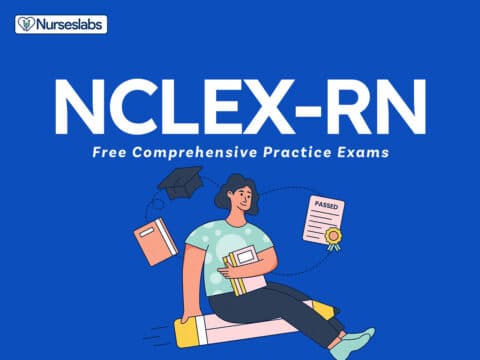

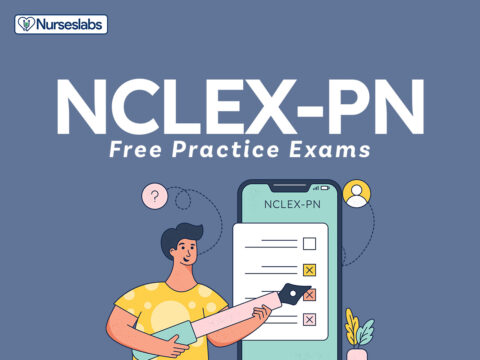

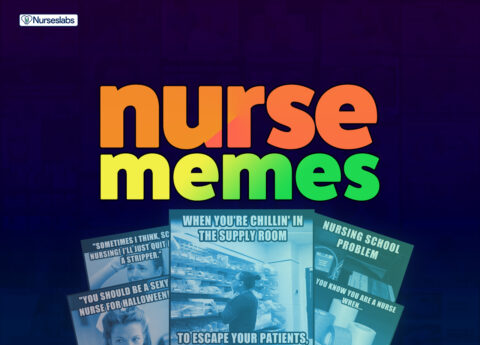


















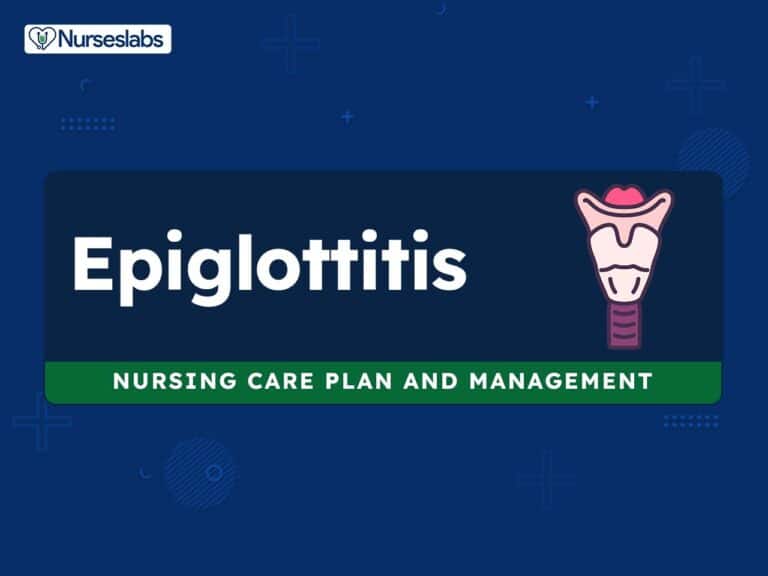
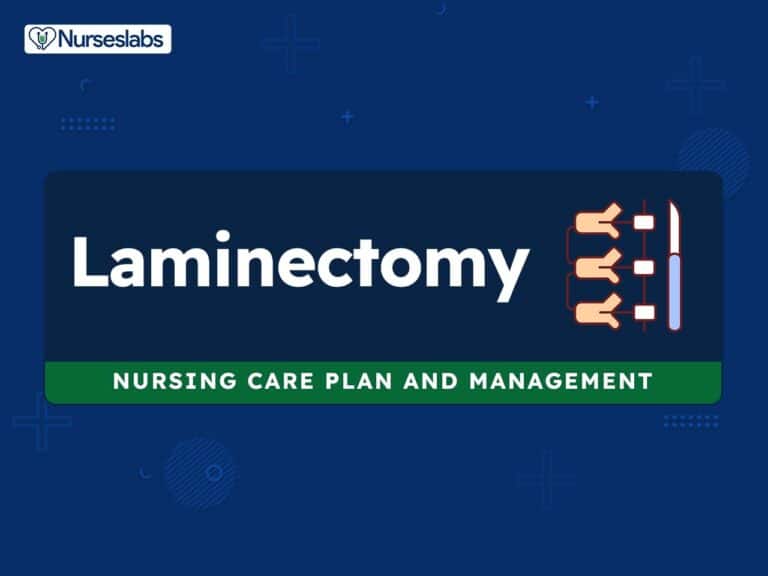
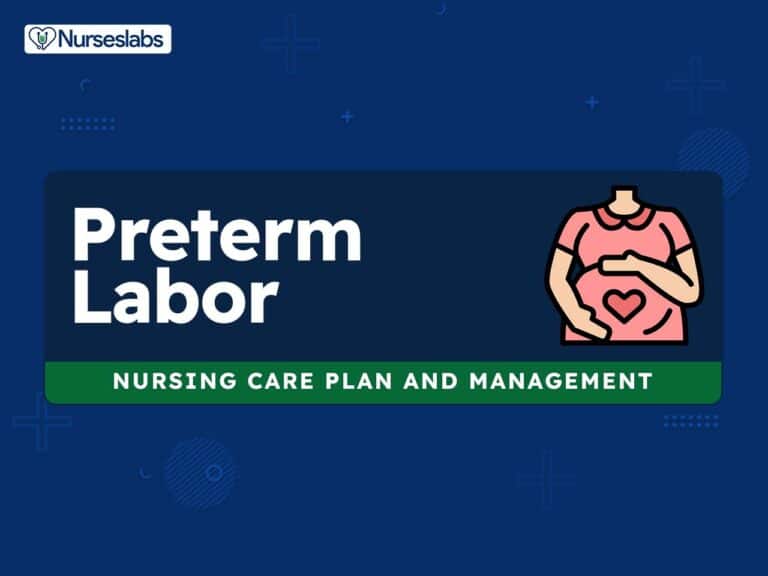

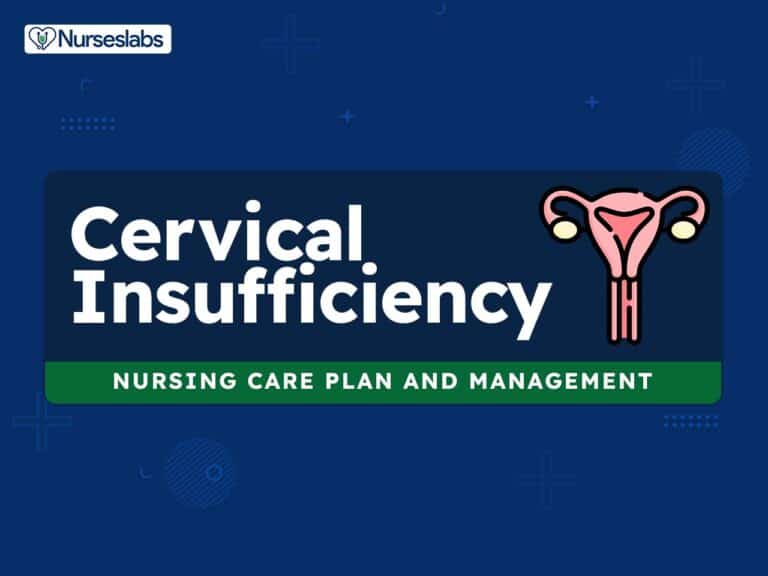

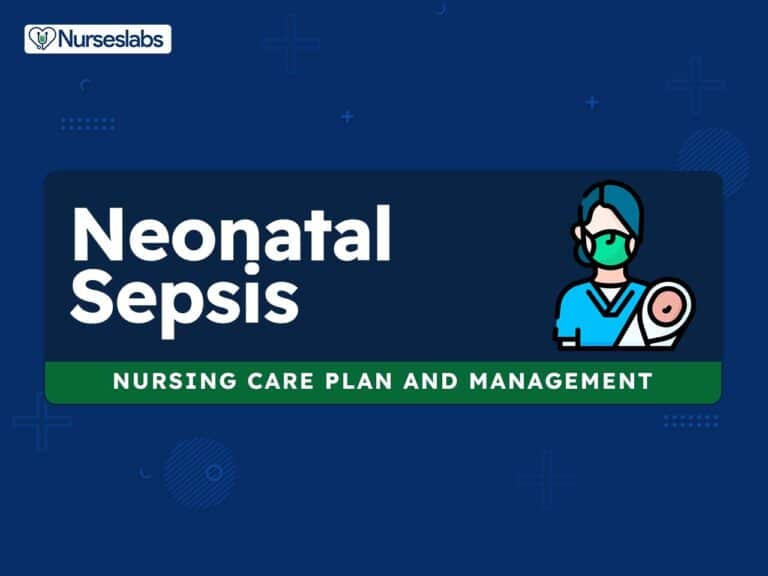

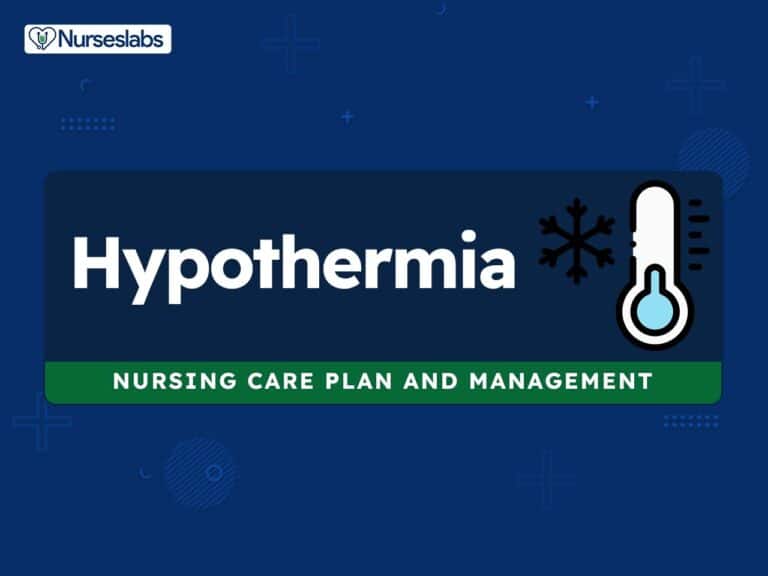
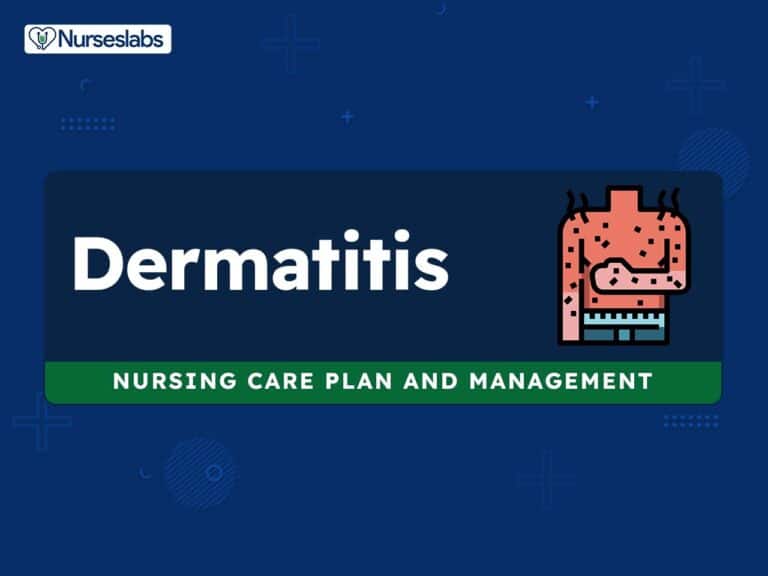
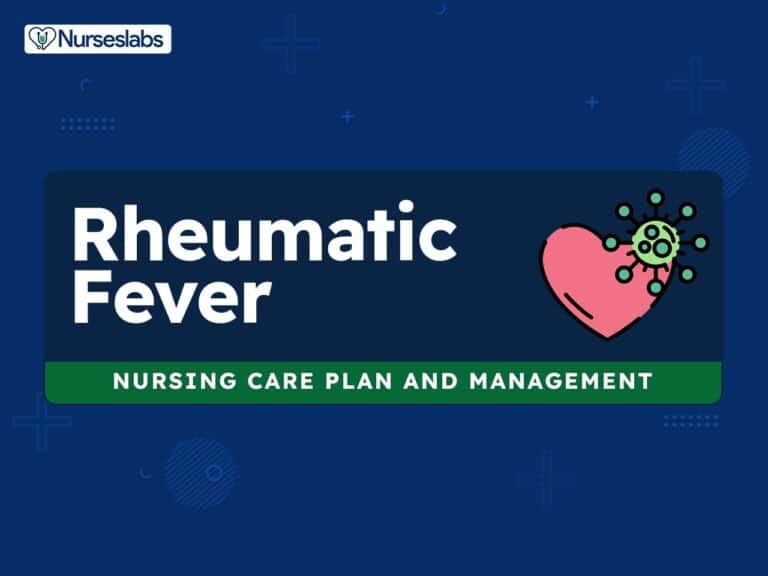

Leave a Comment